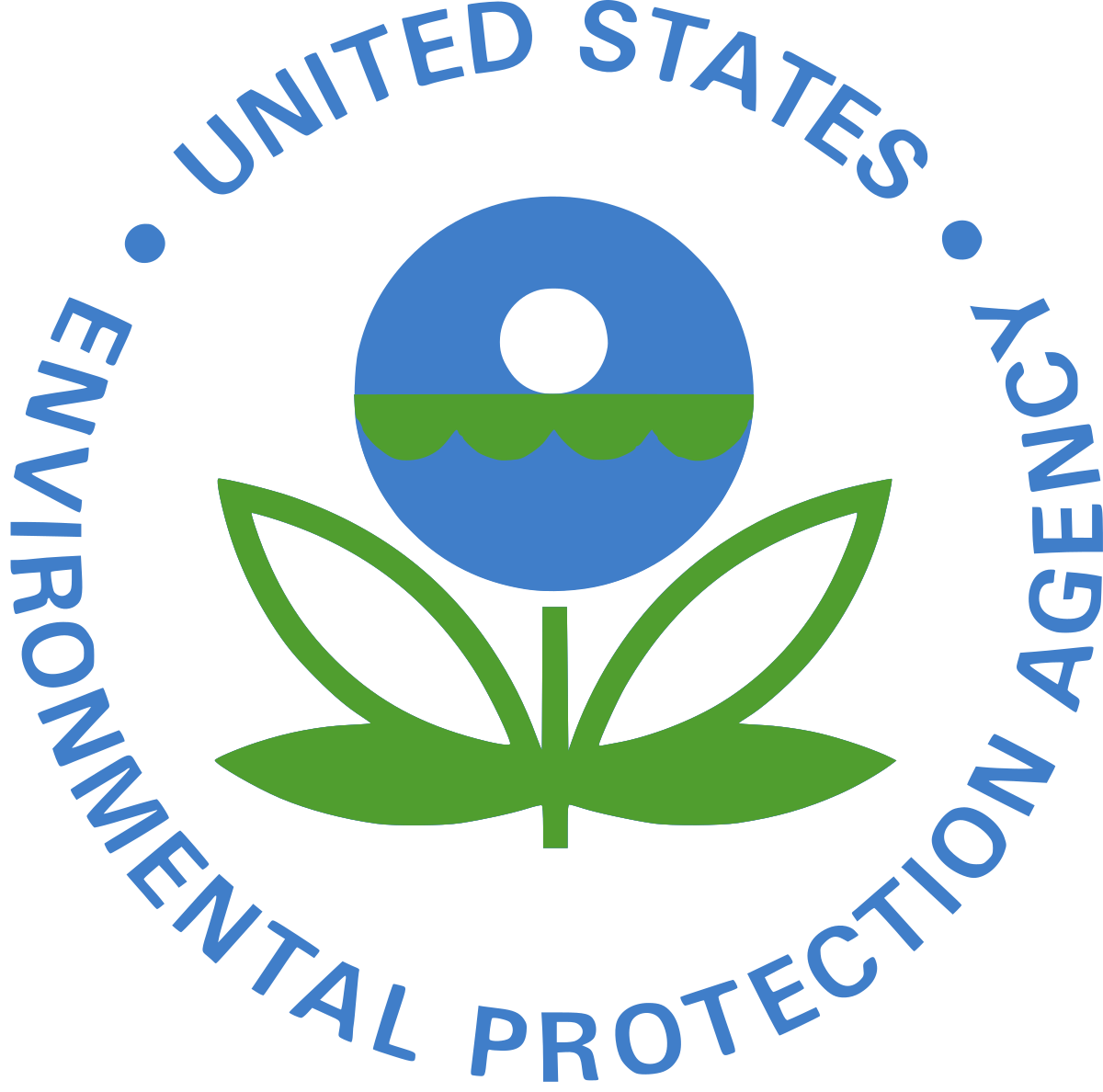The U.S. Environmental Protection Agency (USEPA) announced three actions to protect communities and the environment from per- and polyfluoroalkyl substances (PFAS) in the nation’s waters. The actions advance the USEPA’s progress on the Plan to Combat PFAS Pollution by improving methods to detect PFAS in water, reducing PFAS discharges, and protecting fish and aquatic ecosystems from PFAS.
PFAS are a large group of manmade chemicals that are used in consumer products and industrial processes. In use since the 1940s, PFAS are resistant to heat, oils, stains, grease, and water—properties which contribute to their persistence in the environment.
A New Testing Method Will Help Detect PFAS in Water
The USEPA says robust, accurate methods for detecting and measuring PFAS in air, land, and water are essential for understanding which PFAS are in the environment and how much are present. Detection methods are also essential for evaluating the effectiveness of different technologies for remediating PFAS and for implementing future regulations.
A new detection method has been developed to broadly screen for the presence of PFAS in water at the part per billion level. USEPA’s new Screening Method for the Determination of Adsorbable Organic Fluorine (AOF) in Aqueous Matrices by Combustion Ion Chromatography (CIC) provides an aggregate measurement of chemical substances that contain carbon-fluorine bonds. PFAS are a common source of organofluorines in wastewater, and this new method is especially useful for understanding the presence and forms of PFAS in wastewater when used in conjunction with methods that target individual PFAS. USEPA’s Draft Method 1621 has successfully completed single laboratory validation. Multi-laboratory validation will take place this summer, and USEPA intends to publish an updated version of the method later this year.
New Permitting Direction Will help Reduce Discharges of PFAS to our Waters
The National Pollutant Discharge Elimination System (NPDES) program interfaces with many pathways by which PFAS travel and are released into the environment, ultimately impacting people and water quality. USEPA is seeking to proactively use existing NPDES authorities to reduce discharges of PFAS at the source and obtain more comprehensive information through monitoring on sources of PFAS.
USEPA has issued a memo titled, Addressing PFAS Discharges in EPA-Issued NPDES Permits and Expectations Where EPA is the Pretreatment Control Authority. This memo provides instructions for monitoring provisions, analytical methods, the use of pollution prevention, and best management practices to address discharges of PFAS. These provisions are meant to help reduce PFAS pollution in surface water as USEPA embarks to promulgate effluent guidelines, multi-validated analytical methods, and water quality criteria recommendations that address PFAS compounds. USEPA also plans to issue new guidance to State permitting authorities to address PFAS in NPDES permits in a future action.
New Protective Levels Will Help Support Healthy Fish and Aquatic Ecosystems
USEPA is also developing national recommended ambient water quality criteria for PFAS to protect aquatic life. States and Tribes may use USEPA-recommended water quality criteria to develop water quality standards that protect and restore waters, issue permits to address PFAS discharges, and assess the impact of PFAS pollution on local communities and the environment.
The first Clean Water Act aquatic life criteria for perfluorooctanoic acid (PFOA) and perfluorooctane sulfonic acid (PFOS) are proposed by USEPA. The criteria are intended to protect aquatic life in the United States from short-term and long-term toxic effects of PFOA and PFOS. Following the comment period, USEPA intends to issue final PFOA and PFOS recommended criteria, considering public comments and any new toxicity data. States and Tribes may consider adopting the final criteria into their respective water quality standards, or scientifically defensible criteria could be adopted that are based on local or site-specific conditions.

